Plywood, also known as plywood, is a building material that consists of thin sheets of wood. It is made by stacking multiple layers of veneer or wood-based panels and bonding them together with glue.
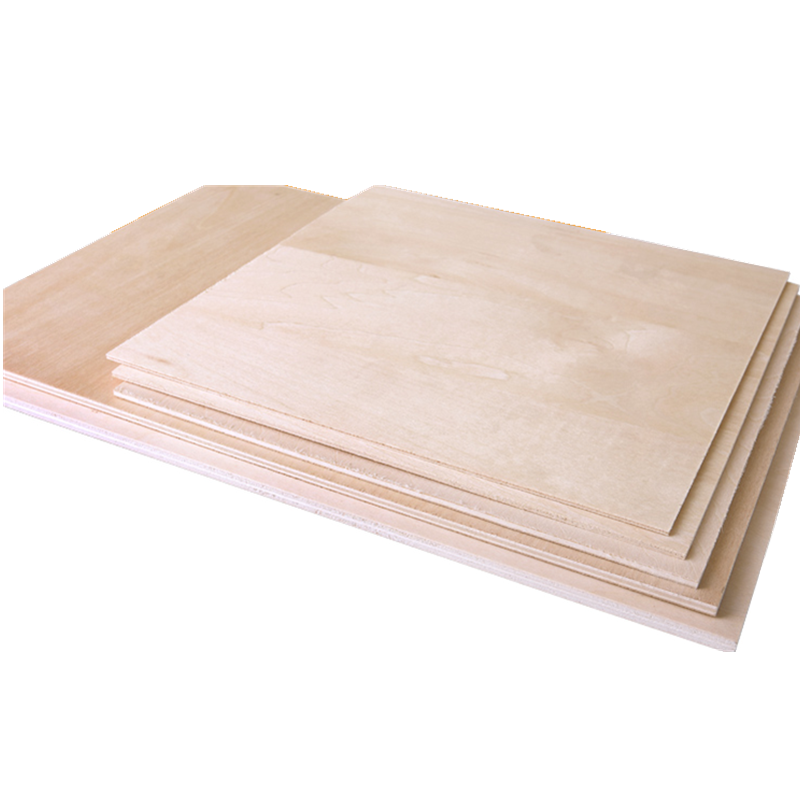
Plywood has many advantages that make it widely used in construction, furniture manufacturing and other fields. First, it has high strength and stability. Plywood is more resistant to bending and deformation than solid wood due to the cross-stacked structure of thin wood sheets. This makes plywood a reliable structural material.
Secondly, plywood has better durability. By using water-resistant adhesives, the plywood can be made moisture-proof and corrosion-resistant, thereby increasing its service life. In addition, plywood can be customized according to specific uses, for example, special treatments such as fire protection and insect protection can be selected.
In addition, plywood also has a variety of specifications and size options to meet the needs of different projects. When producing plywood, different woods, thicknesses and layers can be selected according to needs to obtain the required strength and rigidity. This makes plywood an ideal choice for designers and architects.
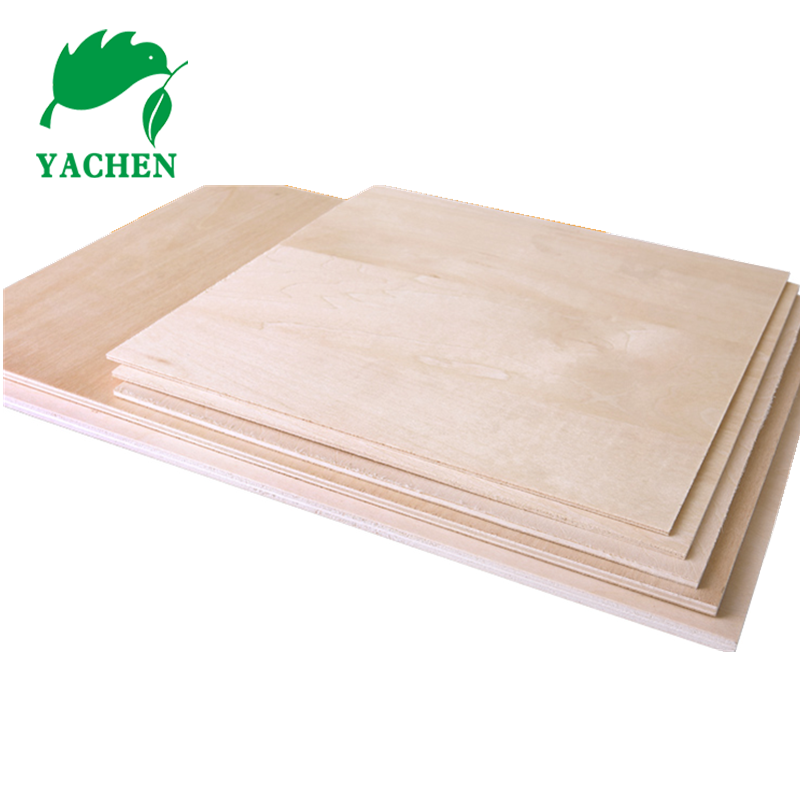
However, plywood also has some disadvantages. First of all, due to the use of adhesives, plywood may release harmful substances, which will have a certain impact on the indoor environment. Therefore, when choosing and using plywood, you need to pay attention to choosing products that meet environmental protection standards.
To sum up, plywood is a building material made of multiple layers of thin wood sheets glued together. It has advantages such as high strength, good durability and various specification options, and is widely used in the fields of construction and furniture manufacturing. However, the impact on the indoor environment needs to be taken seriously.
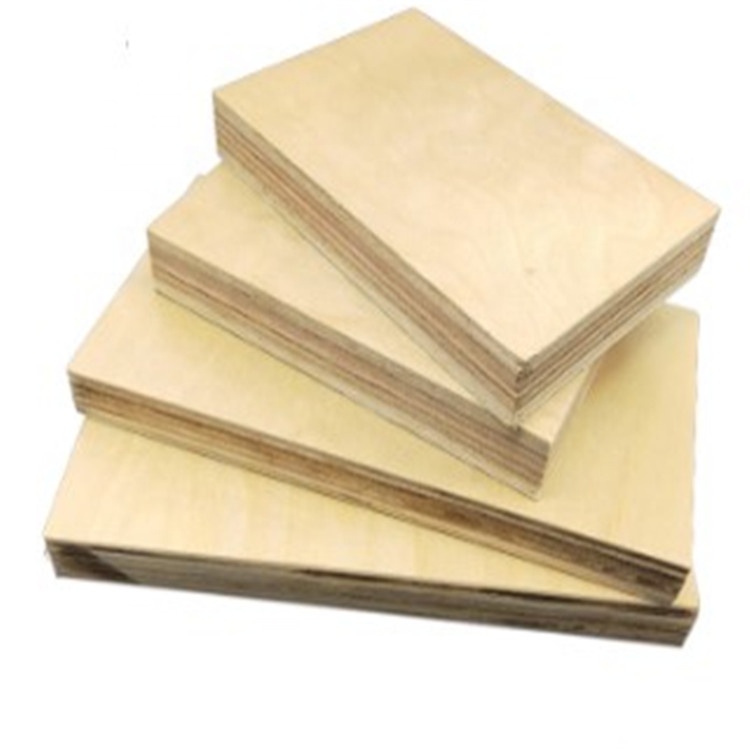
The process of making plywood is relatively simple, but it can be made in as many variations as you want. The general plywood making process is as follows:
Choice of material: The raw material of plywood can be natural wood or man-made board. Commonly used natural wood includes pine, fir, birch, etc., and artificial boards include particleboard, fiberboard, etc.
Cutting material: Cut the raw material into suitable size and thickness. This step can be carried out with the help of efficient cutting machinery.
Drying treatment: The wood is dried to ensure that the moisture content is within the appropriate range. This helps prevent the plywood from warping during use.
Arranging the slices: Arrange the cut wood slices in a cross-laminated pattern. This cross arrangement contributes to the strength and stability of the plywood.
Gluing: apply glue between the sheets, generally use phenolic glue or urea-formaldehyde glue as the adhesive. The gluing process can be done by roller coating or spraying.
Pressing: The glued sheets are placed in a press and pressed under conditions of high pressure and temperature. This allows the glue to penetrate sufficiently to form a strong bonded layer.
Sanding and finishing: Sanding and finishing the laminated plywood to remove the unevenness and raised parts of the surface to make it smoother.
Inspection and Packing: Inspect the produced plywood to ensure its quality meets the standard requirements. Then pack and leave the factory.
It should be noted that the specifications and properties of plywood can be adjusted according to specific needs. Manufacturers can choose different materials, glues and manufacturing processes according to customer requirements to achieve the required quality and performance.
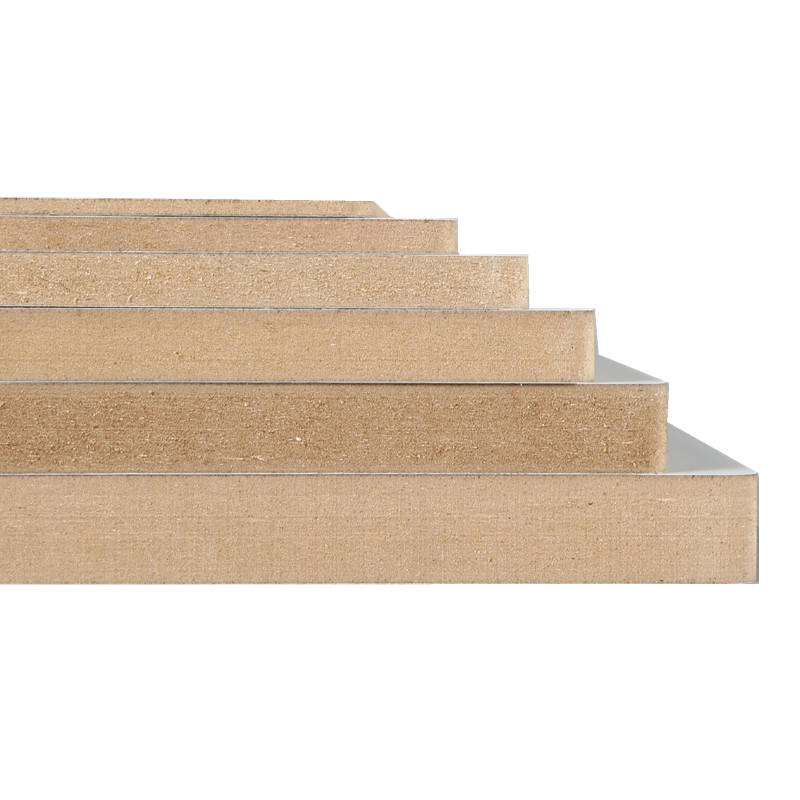
In addition to the aforementioned manufacturing process, here is some additional information about plywood:
Classification of plywood: According to different standards, plywood can be divided into many types. Common classifications include classification by use (such as plywood for construction, plywood for furniture), classification by the number of glued layers (such as 3-ply plywood, 5-ply plywood), and classification by surface decoration (such as back panel, different textures on the front and back), etc. wait.
Advantages and disadvantages of plywood: Compared with other wood products, plywood has some advantages, such as high strength and stability, good dimensional stability, and low cost. However, plywood also has some disadvantages, such as there may be air bubbles or gaps between the glued layers, and it is susceptible to moisture and corrosion. Therefore, when choosing and using plywood, it needs to be measured in combination with specific conditions.
Application fields of plywood: Plywood is widely used in construction, furniture manufacturing, packaging, shipbuilding and many other fields. It can be used in building structures such as floor slabs, wall panels, roofs, and floors, as well as household products such as furniture, doors, windows, and cabinets.
Environmentally friendly plywood: Since the adhesive may release harmful substances and have a certain impact on the indoor environment, the development and application of environmentally friendly plywood is becoming more and more important. Environmentally friendly plywood uses low-formaldehyde or zero-formaldehyde glue to reduce the impact on humans and the environment.
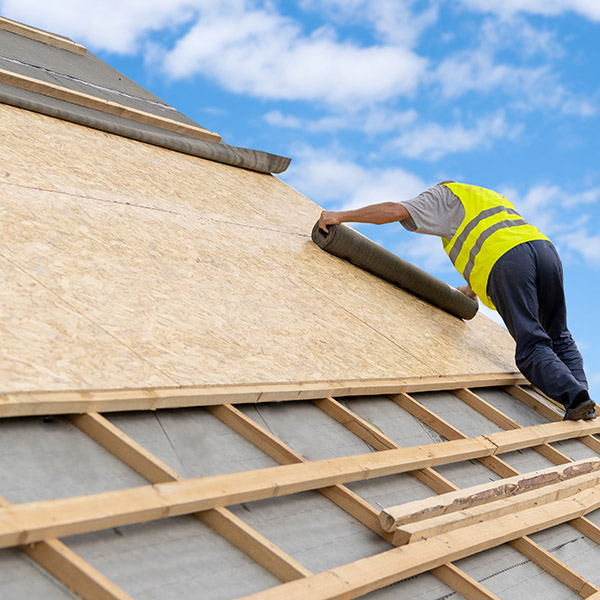
Overall, plywood is an important building material and wood product with diverse applications and broad markets. Its production process is relatively simple, but it needs to pay attention to quality standards and environmental protection requirements. With the continuous advancement of technology and the improvement of environmental awareness, plywood will continue to be improved and expanded in the future.

